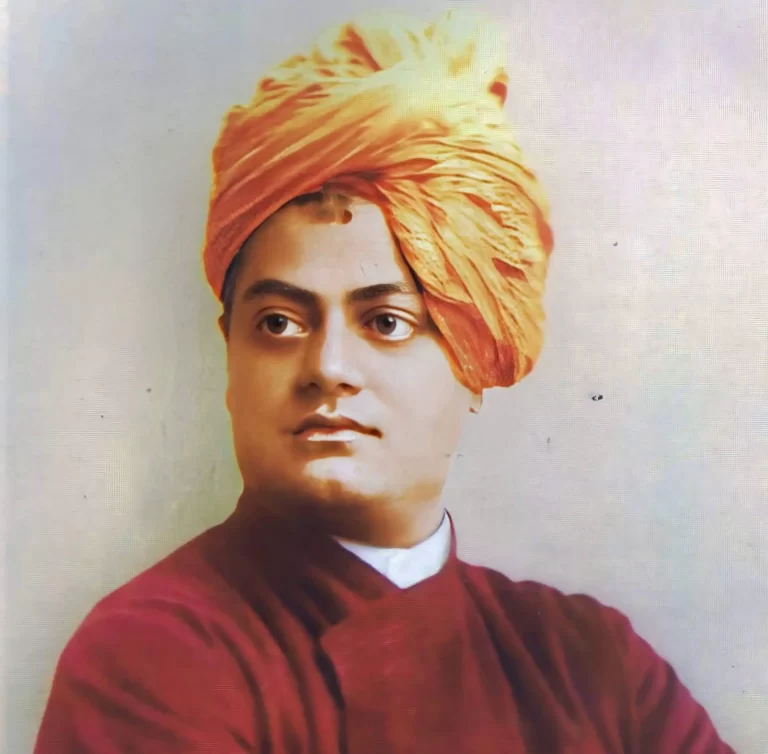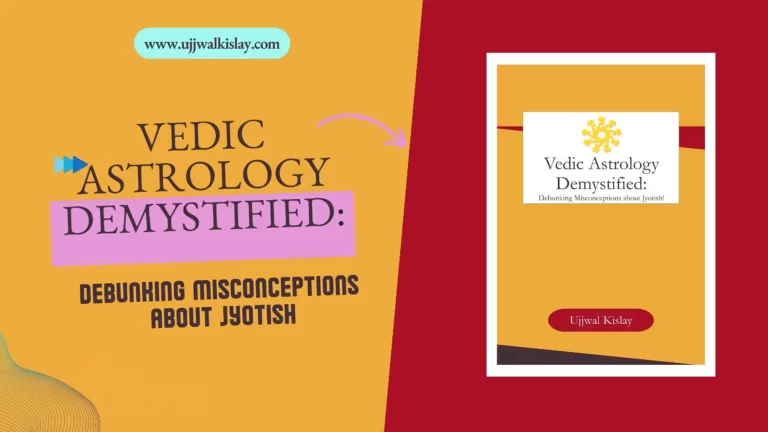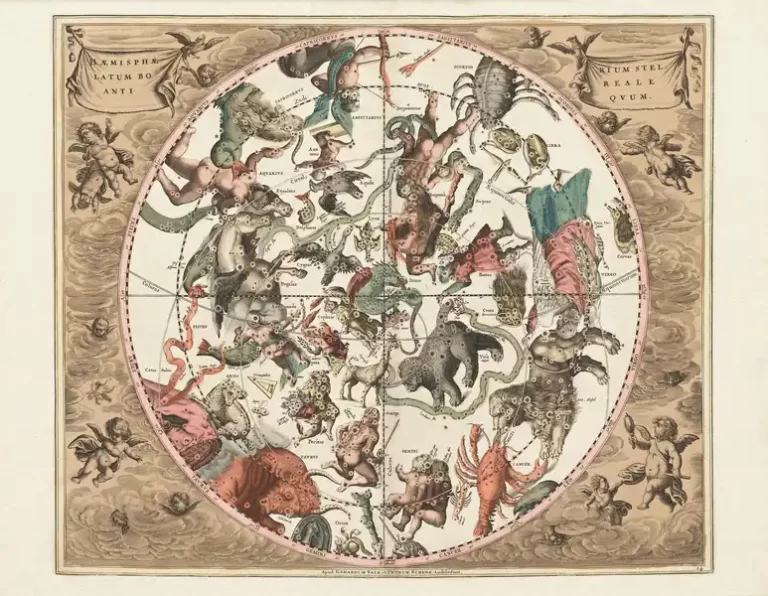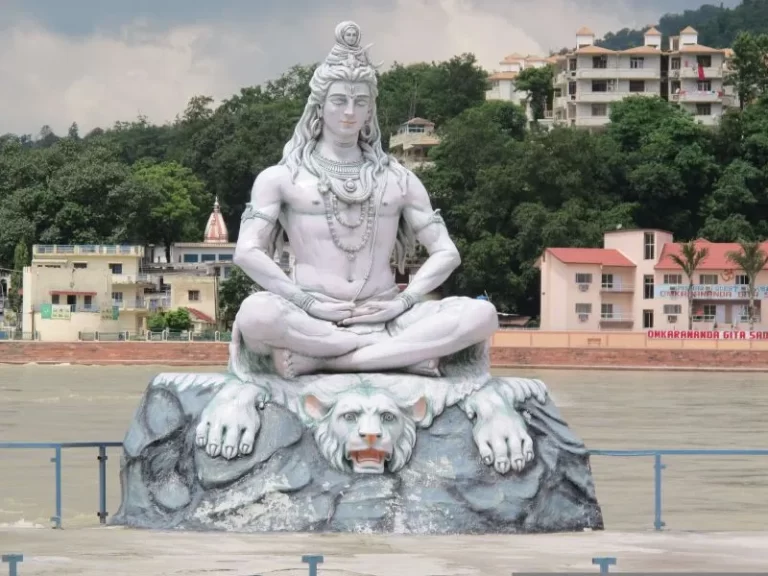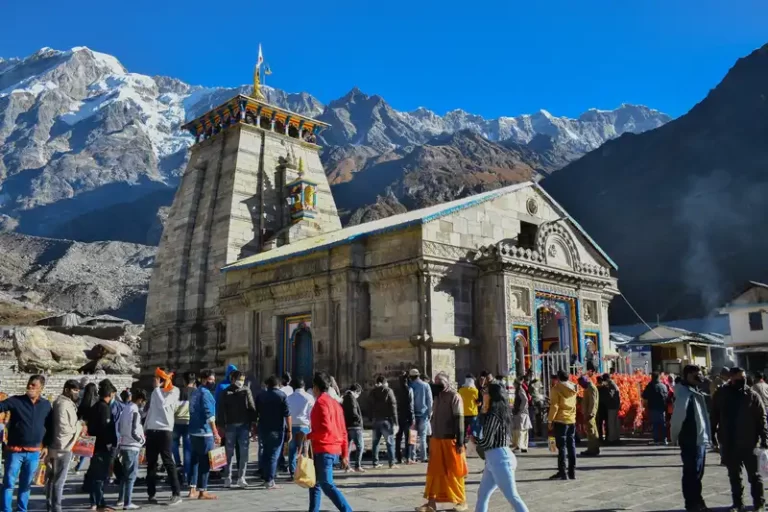Savan Maas: Devotion, Fasting, and Worship of Lord Shiva
Introduction:
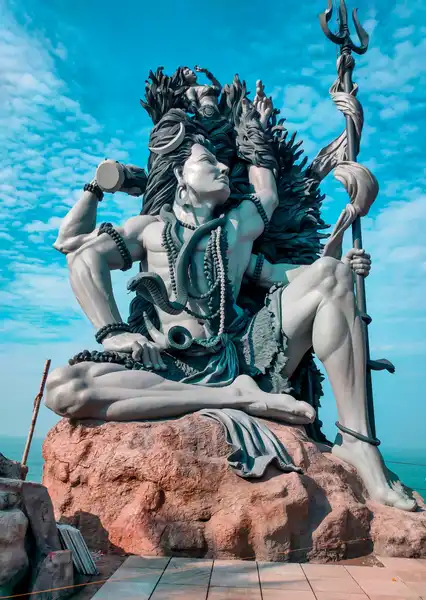
“Savan Maas,” frequently acclaimed as the revered “Month of Shiva,” gracefully converges with the monsoon season, typically spanning the temporal arch from late July to early August. This phase eloquently stands apart with its invigorating precipitations and lush environs, embodying the renewal of existence. Devotees gravitate toward sanctuaries dedicated to Shiva, adorned with fragrant blossoms and vivid embellishments, engaging in the external manifestation of their profound devotion. The magnetic charm of Savan Maas is inextricably interlaced with its profound spiritual and religio-cultural facets.
Understanding Savan Maas:
“Savan Maas,” a linguistic derivation from the Sanskrit “Savan” or “Shravan,” meticulously designates the sequential emergence of the fifth month within the Hindu lunar calendar. This specific chronometric juncture invariably finds its residence within the interstice spanning the waning vestiges of July and the nascent forays of August, an epoch that converges harmoniously with the intricate monsoonal opus that adorns the climatic canvas of India.
The reverberating concord that resonates between the persona of Savan Maas and the veritable cadence of the monsoonal symphony resounds with profundity. Analogous to the vivifying nectar that rain bestows upon the terrestrial vales, the panorama undergoes a poignant metamorphosis, effecting a splendid transfiguration into a vibrant tapestry of vitality. This inherent reawakening finds itself in simpatico with the spiritual theater. Savan Maas adorns itself with the mantle of a temporal epoch wherein profound introspection and spiritual rekindling unfurl their wings. Analogous to the rivulets and reservoirs that are reinvigorated by the munificence of rain, adherents seize this interval as a providential occasion to replenish the reservoirs of their spiritual consciousness through unwavering homage, fervent entreaty, and determined abstention.
Furthermore, Savan Maas ascends to an elevated pedestal, bolstered by its resonating spiritual eminence, as it orchestrates an elaborate veneration of Lord Shiva, a pivotal deity within the pantheon of Hinduism. Lord Shiva, inextricably interwoven with the paradigms of asceticism and contemplative profundity, stands as a living emblem of the rhythmic dance that animates the cycles of creation and dissolution. Amidst the embrace of this temporal juncture, devotees beseech his divine benisons with fervor, akin to rain assuming the mantle of a sanctifying alchemical agent within the sanctum of nature’s landscape.
Spiritual Significance of Savan Maas:
The devout practices and rituals meticulously observed during the period of Savan Maas are the embodiment of profound spiritual aspirations. This span of time bears a singular sanctity within the hearts of adherents owing to its intricate affiliation with Lord Shiva and the vast reservoir of spiritual potential it unfurls. It is a widely held belief that during this temporal juncture, a cosmic alignment transpires, facilitating an extraordinary communion with the divine. By engaging in a repertoire of rituals, observance of fasting, and the reverent articulation of prayers, adherents access this heightened spiritual energy in their pursuit of forging a profound connection with Lord Shiva and the ardent quest for his benedictions.
Savan Maas, beyond its external manifestations, unfurls as a fertile canvas for the realms of inner contemplation and purification. The cadence of the monsoon rains, emblematic of cleansing and rebirth, finds its corollary in the adherents’ quest for internal purification. Fasting and the meticulous observance of devotional rituals become more than mere demonstrations of reverence; they transmute into tools of self-mastery. The voluntary relinquishment of certain indulgences not only underscores a display of self-restraint but also functions as an instrument for nurturing detachment and the channeling of focus inward.
Fasting and Rituals:
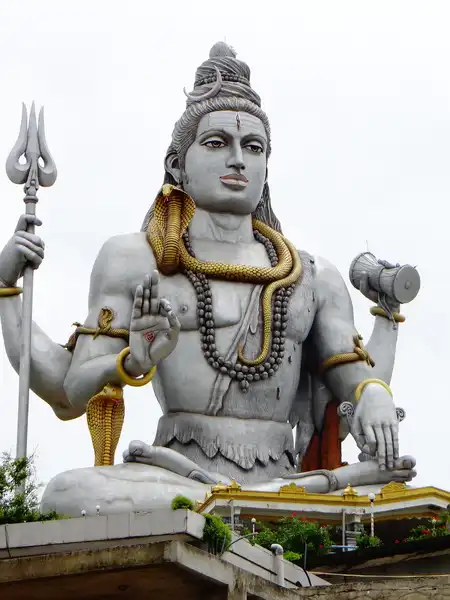
Savan Maas orchestrates the ascendancy of fasting and rituals as devotees endeavor to synchronize themselves with the profound spiritual currents that envelop this revered month. Fasting emerges as a pervasive custom during this temporal span, where individuals consciously forsake specific culinary indulgences to effectuate a dual cleansing—of the corporeal vessel and the mental sphere. Fasting, in this context, morphs into a conduit for the cultivation of self-restraint, a systematic detachment from worldly cravings, and a focused channel for directing energies toward the loftier domain of spiritual pursuits.
The palpable resonance of daily prayers reverberates with heightened intensity throughout the canvas of Savan Maas. Devotees find themselves immersed in the devotional tapestry, fervently enunciating hymns, incantations, and sacred texts that bear homage to Lord Shiva. Pilgrimages to Shiva shrines are not uncommon, with offerings of milk, sanctified water, and fruits serving as symbolic testimonials of devotion. In certain locales, the Lingam—a sanctified emblem emblematic of Lord Shiva—is anointed with a triad of consecrated liquids—milk, water, and honey—as an integral facet of the ritual observance.
Beyond the ambit of quotidian devotion, sanctuaries unfold specialized worship rituals that span the expanse of the month. “Abhishekam,” an elaborate ceremonial bathing of the deity’s idol, wherein an array of diverse liquids such as milk, water, and honey are employed, transpires. This ritual purification operates as a conduit for sanctifying the deity’s divine presence, affording devotees the opportunity to commune with the divine on an intimate and profound plane of interaction.
Kanwar Yatra: The Holy Pilgrimage:
The Kanwar Yatra, an exhilarating pilgrimage that unfolds across the expanse of the sacred month of Savan Maas, encapsulates the hearts and spirits of myriad devotees traversing the length and breadth of India. This profound odyssey stands as a poignant testament to the unwavering devotion and spiritual fervor that define this opportune phase.
Within the contours of the Kanwar Yatra, devotees embark on a spiritual expedition to collect water from hallowed rivers, with the Ganges and Yamuna often assuming prominence. These vessels, termed “Kanwars,” brimming with sanctified water, are borne upon the shoulders of these pilgrims as they traverse extensive distances to reverentially present this sacrosanct offering to Lord Shiva. This poignant gesture of reverence and sacrifice manifests as a tangible embodiment of their unswerving allegiance to the divine.
This sacred pilgrimage, in its essence, also serves as an act of penitence. Devotees, while traversing the pilgrimage route, engage in fervent prayers, chants, and meditations, using the journey as an opportunity to internalize the very principles emblematic of Lord Shiva—renunciation, inner transformation, and the transcendence of the ego. The collective energy of the pilgrims, combined with the inherent sanctity of the expedition itself, weaves an ambiance conducive to spiritual elevation and personal self-discovery.
Mondays of Savan:
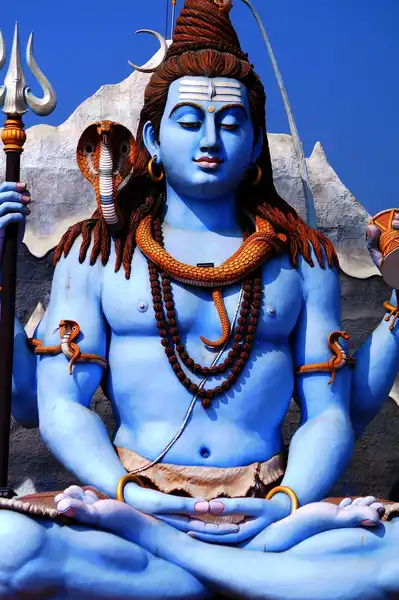
The Mondays ensconced within the temporal tapestry of Savan Maas occupy a realm of distinct sanctity and reverence, each resonating with an aura of devotion and import that extends beyond the ordinary. Bearing the sobriquet of “Shravan Somvar,” these days infuse the fabric of the month with an added stratum of spiritual fervor and heightened intensity, akin to a resonating chord within the symphony of devotion.
“Shravan Somvar,” a nomenclature that translates to the “Monday of Savan,” denotes a pivotal juncture wherein devotees coalesce at the sanctum of Shiva temples to offer their supplications and solicit benedictions. Lord Shiva, often hailed as the “Mahadev” or the Supreme Deity, assumes a mantle of pronounced auspiciousness on these designated days. While the association of Lord Shiva with Mondays transcends the confines of Savan Maas, this sacred month engenders an amplification of the devotees’ spiritual ardor.
In the paradigm of these Savan Mondays, devotees engage in a melange of distinctive rituals and observances. A singular ritual entails the observance of a stringent fast that stretches throughout the entirety of the day, even encompassing the abstention from partaking of water until the twilight hours beckon the evening prayers. The denouement of this fast transpires following the offering of reverential prayers to Lord Shiva and the partaking of prasad—sanctified and blessed sustenance—shared within the sanctuaries of the temples. The evening devotions frequently conducted post-sunset, are characterized by the resounding intonation of hymns, incantations, and laudations in honor of Shiva.
Story of Samudra Manthan:
The mythic chronicle of the Samudra Manthan, or the Churning of the Ocean, interlaces a profound tapestry with the underlying significance of Savan Maas. Enshrined within Hindu mythology, this narrative unfurls against the backdrop of a cosmic endeavor where celestial deities and formidable demons coalesce in their pursuit of the ambrosia of immortality concealed within the cosmic sea. This monumental endeavor brings forth an opulence of celestial and terrestrial treasures, yet within this bounty also surfaces a perilous poison, a malevolent force poised to jeopardize the very fabric of creation.
It is in this pivotal crucible that Lord Shiva emerges as a decisive agent, his resolute actions reflecting a universe-spanning benevolence. He avails himself to consume the poison, absorbing its virulent potency within the vastness of his being. The aftermath of this altruistic act adorns his throat with an indelible hue of blue, endowing him with the epithet “Neelkanth,” an appellation that serves as an eternal testament to his profound compassion and selflessness. The orchestration of the ocean’s churn, transpiring concomitantly during the epoch of Savan Maas, becomes emblematic of the trials and tribulations that punctuate the human journey, while Lord Shiva’s role as the cosmic savior accentuates his divine benevolence and role as the guardian of existence.
Embedded within the sinews of this mythic saga are manifold spiritual insights and ethical precepts. It amplifies the very essence of sacrifice, casting a luminous spotlight upon the principles of altruism and the willingness to traverse the crucible of hardship for the larger collective good. The altruistic endeavor of Lord Shiva reverberates as a poignant reminder of the profundity of his compassion and his unwavering commitment to the holistic well-being of all forms of life. This narrative, in its essence, extends its guiding hand to devotees, beseeching them to cultivate qualities of compassion, selflessness, and devotion, illuminating the verity that acts of altruism and self-sacrifice pave the pathway toward the benedictions of the divine and the pilgrimage of spiritual ascension.
Regional and Cultural Variations:
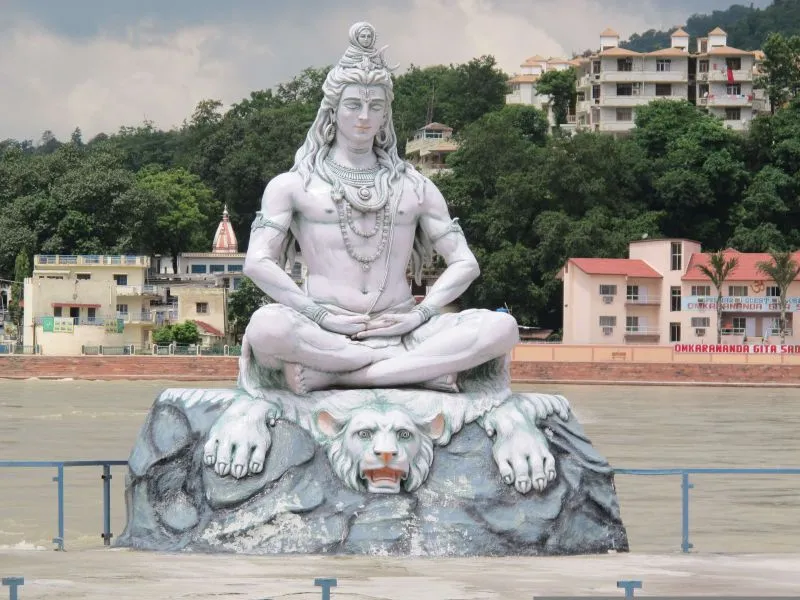
In the northern realms of India, most notably Uttar Pradesh and Uttarakhand, the Kanwar Yatra stands as a resplendent luminary. Devotees from multifarious corners undertake this sacred sojourn, embarking upon a pilgrimage to collect the holy waters of rivers like the Ganges, which they then carry back to local sanctuaries consecrated to Lord Shiva. This endeavor is characterized by an effulgence of camaraderie, as groups of devotees traverse the paths, harmonizing their journey with the recitation of hymns and the resonance of collective prayers. The sheer magnitude of this pilgrimage, paired with the jubilant atmosphere it engenders, crafts an entrancing tapestry.
In the southern enclaves of India, the “Aadi Perukku” festival takes center stage during the Tamil month of Aadi, which aligns with the sacred Savan Maas. This celebration finds its dedication in honor of goddess Parvati, consort to Lord Shiva. It is marked by special pujas conducted along riverbanks, where devotees immerse themselves in a symphony of prayers, beseeching for bountiful harvests and all-encompassing well-being. The celebration encompasses a rich tapestry of traditional performances, music, and dance, thereby infusing an intricate cultural vibrancy into the spiritual observance.
The western domains of India, particularly Gujarat and Maharashtra, witness the convergence of the Savan month with the festivals of “Teej” and “Raksha Bandhan,” celebrations that hold sacred the bonds of sibling relationships. Sisters reverently tie ornate threads around the wrists of their brothers, a gesture that embodies both protection and affection. This amalgamation of familial connections with spiritual resonance lends an exclusive hue to the tapestry of Savan Maas festivities in these precincts.
In this symphony of regional variations, Savan Maas unfolds not as a monolithic observance, but as a vibrant mosaic woven from the threads of cultural diversity, spiritual devotion, and collective celebration.
Balancing Tradition and Modern Life:
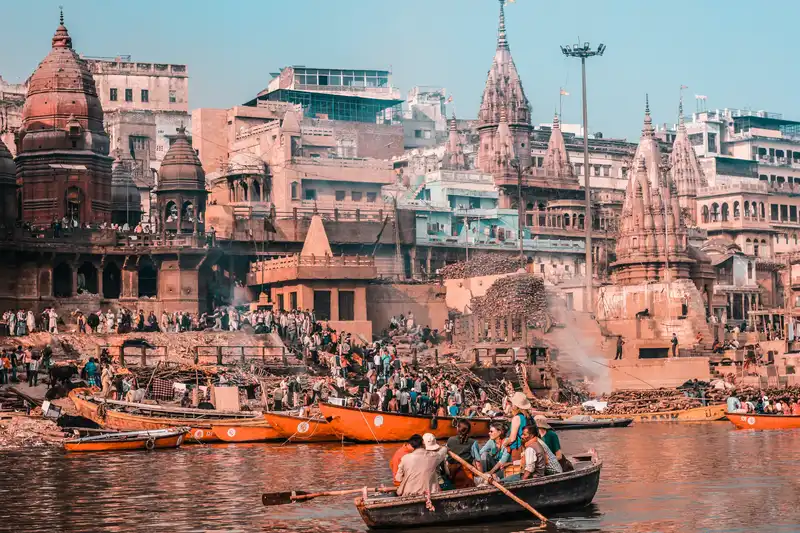
In the contemporary epoch, the adherence to the period of Savan Maas presents devotees with a landscape that encompasses both opportunities and challenges. Amidst the persistent spiritual essence, the intricate tapestry of modern existence at times presents impediments to complete engagement in the encompassing customs and rituals intrinsic to this revered month.
It is worth noting that contemporary technology exerts a profound influence in facilitating the observance of Savan Maas. Mobile applications and online platforms extend convenient access to prayers, devotional songs, and sacred scriptures, thereby enabling a seamless integration of spiritual practices even while in transit. The emergence of virtual Satsang gatherings and digital forums further cultivates involvement in collective supplications and dialogues, nurturing a sense of communal camaraderie and shared dedication that transcends geographical boundaries.
Conclusion:
Savan Maas emerges as an eloquent testimony to unwavering devotion and profound spiritual ascent, intricately interweaving threads of culture and faith into an unparalleled and intricate tapestry. This hallowed month, revered and celebrated across a spectrum of geographical regions and diverse communities, encapsulates a vivid amalgamation of rituals, narratives, and observances that serve as a vivid reflection of India’s diverse spiritual heritage.
As the embrace of Savan Maas envelops us, it is incumbent upon us to fully embrace the cultural revelries and spiritual devotions that envelop this temporal span. Beyond the superficial trappings of customary practices, this occasion stands as an earnest plea to embark upon a deeply personal sojourn—a journey characterized by self-discovery, self-mastery, and inner refinement. Illumined by the guiding influence of Lord Shiva, we are empowered to navigate the ebb and flow of life’s currents, skillfully transmuting challenges into avenues of profound evolution, all the while nurturing an intimate communion with the transcendental.
I aspire for this article to provide you with assistance. Should you discover value within these words, kindly contemplate sharing them with your loved ones. I invite you to spare a moment to offer your thoughts and appraisals below. For further remarkable content akin to this, I encourage you to delve into our website. Additionally, I extend an invitation to subscribe to my YouTube channel for forthcoming materials of similar nature. Lastly, feel unrestrained to establish a connection with me through social media. Wishing you a splendid day ahead!
हरि ॐ तत्सत्
FAQs:
Here are some frequently asked questions (FAQs) about Savan Maas:

